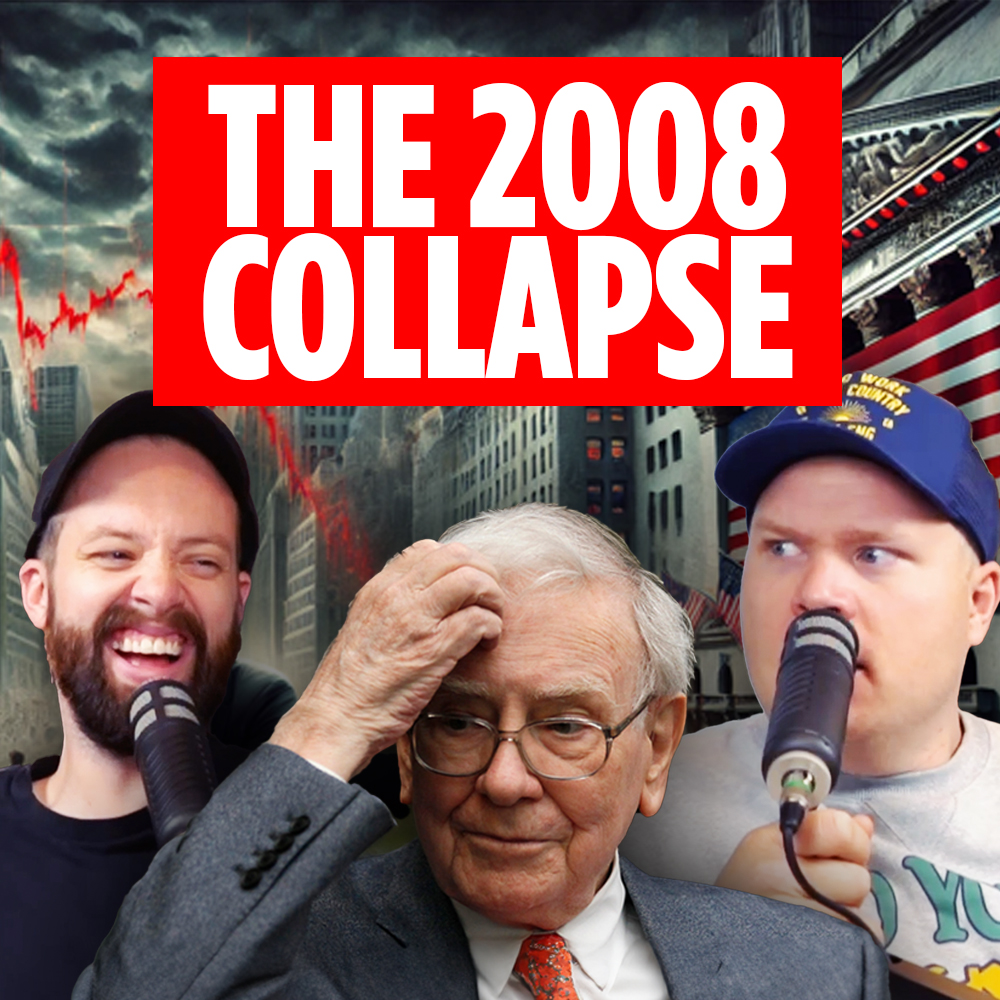The early 2000s were a time of prosperity and optimism in America. Homeownership was considered an essential part of the American dream. Banks were handing out mortgages left and right, often to people who couldn’t afford them. Housing prices were soaring. It seemed like the good times would never end. But then the housing bubble burst, triggering a global financial crisis with devastating consequences.
Mortgage-Backed Securities
It all started innocently enough in the 1970s when banks developed the idea of mortgage-backed securities. Local banks would give out mortgages and then immediately sell them to bigger banks, who would package them together into securities. By spreading the risk out among many mortgages, the bigger banks protected themselves if some loans defaulted.
This allowed more people to qualify for mortgages, fueling a surge in home buying. In the 1990s, banks started lobbying for looser regulations on lending. They wanted to offer subprime mortgages to riskier borrowers whose income was too low to repay the loans. Lending standards were lowered, down payments got smaller, and teaser rates lured people in with low initial payments that later ballooned.
Collateralized Debt Obligations (CDOs)
Banks then sold these risky subprime mortgages and bundled them into complex financial instruments called collateralized debt obligations (CDOs). Credit agencies, paid by the banks, gave many of these CDOs their highest AAA ratings, making them seem like safe investments when they were actually ticking time bombs.
Credit Default Swaps
Banks took out insurance on the CDOs in the form of credit default swaps, so even if the loans failed, they’d get paid. With little risk to themselves, banks kept approving shaky mortgages. They knew they could offload the risk while making big profits on fees and interest.
When housing prices peaked and started declining in 2006, borrowers with subprime mortgages found themselves owing more than their homes were worth. Defaults and foreclosures spiked as ARM rates reset higher and the teaser periods ended. This caused a chain reaction of CDOs failing, insurance companies like AIG going under, and investors losing billions.
The Crash
In 2008, the overheated housing market finally crashed, triggering a global financial meltdown. Eight million Americans lost their jobs. Nearly 5 million homes went into foreclosure between 2007-2011. Retirement accounts were decimated. The stock market plunged. Two trillion dollars in household wealth evaporated almost overnight.
Some experts had warned this could happen. But lax regulation, greed, predatory lending practices, and outright fraud fueled the bubble. When it popped, the shrapnel took down companies across all industries in the U.S. and overseas. It was the worst economic disaster since the Great Depression.
The big banks and insurance companies received billion-dollar bailouts from the government, paid for by taxpayers. Yet most of the executives kept their jobs and bonuses. It took years for the economy and housing market to start recovering. The effects of the Great Recession would linger for a long time.
Lessons Learned?
The housing bubble and subsequent crash revealed fundamental weaknesses and moral hazards in the banking and financial system. Have we learned enough to prevent history from repeating itself? Or are we laying the foundation for the next big bust? Only time will tell.
Things I Learned Last Night is an educational comedy podcast where best friends Jaron Myers and Tim Stone talk about random topics and have fun all along the way. If you like learning and laughing a lot while you do, you’ll love TILLN. Watch or listen to this episode right now!
Sources
Subprime Mortgage Crisis – Wikipedia
Related Episodes
Tell Us What You Think of This Content!
Don’t forget to share it with your friends!

